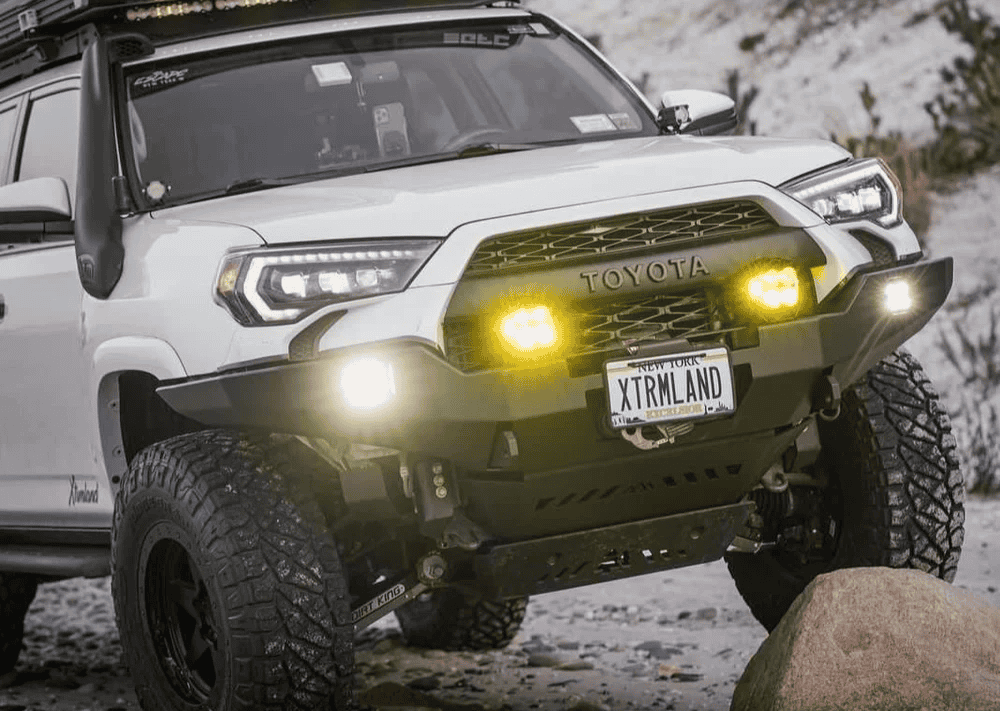Overland Vehicles

An automotive grade wiring harness is the central nervous system of a vehicle, carrying power and signals from the battery and control modules to every device. Unlike a simple bundle of wires, a proper harness is specified to survive heat cycles, vibration, moisture, salt, fuel spray, dust, and constant movement. Standards such as SAE J1128 and ISO 6722 guide conductor sizing, insulation thickness, and temperature ratings, while USCAR testing validates connector durability. In practice, this means consistent voltage delivery, stable data links, and predictable failure modes that technicians can diagnose.
Materials and construction choices matter. Copper with the correct strand count balances flexibility and current capacity. Insulation families like TXL, GXL, and SXL define wall thickness and thermal range. Cross linked polyethylene resists heat and chemicals, while protective loom, split conduit, or heat shrink tubing shields against abrasion. Proper strain relief, adhesive lined terminations, and sealed grommets keep moisture out and tension off the conductor.
A clean layout begins with a circuit plan. Map loads, continuous and peak current, and wire lengths, then select gauge with margin for voltage drop. Group circuits by function, route along rigid structure, and anchor runs at sensible intervals to prevent fretting. Use color coding and legible labels for service clarity. Where bundles pass through a bulkhead, add abrasion sleeves and a sealed pass through to protect both conductors and sheet metal.
Data integrity is part of the equation. Controller networks like CAN bus need twisted pair, controlled impedance, and consistent termination. Keep high current lines away from sensitive data paths to limit electromagnetic interference. When they must cross, do so at right angles, not parallel. Shielded cable, proper drain wire handling, and good ground strategy help maintain signal quality during cranking events and winch pulls.
Fuses and breakers should sit close to the energy source to minimize unprotected length. Use block layouts that separate always hot, ignition switched, and accessory groups. Solid state distribution modules can provide diagnostics and reset behavior, while traditional fuse panels remain simple and robust. Either way, document every circuit with amperage, destination, and wire color for future service.
Terminals should be crimped with the matching die for the specific family to achieve gas tight joints. Sealed connectors such as Deutsch DT and DTM, AMP Superseal, or automotive blade families with proper cavity plugs keep water out. Apply cavity grease where specified and confirm positive latch engagement. In wet zones, use adhesive lined heat shrink on splices and route drip loops so water cannot track into a connector body.
Verification starts on the bench. Continuity, polarity, and insulation resistance checks catch most assembly errors. Power up with an inline ammeter to validate expected draw and confirm that nothing warms unexpectedly. Wiggle testing, thermal soak, and vibration exposure help reveal intermittent faults. After installation, load testing while monitoring voltage drop at distant devices gives confidence before road use.
Even the best harness needs thoughtful installation. Avoid tight bend radii, hot exhaust proximity, and sharp edges. Use abrasion sleeves where a bundle might rub and secure with cushioned clamps rather than bare zip ties against metal. In service bays, a simple rule prevents headaches: never pull on the wire to disconnect, and never probe through insulation. Use breakout leads, test ports, and back probe tools that protect the conductor and seal.
Diagnostics benefit from good documentation. A labeled harness schematic shortens troubleshooting time and prevents unnecessary parts replacement. Common failure modes include chafed insulation at body pass throughs, corroded grounds in damp zones, and loose terminals that were not fully seated. Addressing these with preventive routing, sealing, and periodic inspections extends harness life significantly.
For vehicles that carry extra electrical loads such as air compressors, induction cooktops, or auxiliary lighting, a secondary harness is often the cleanest path. Keep this auxiliary network discrete with its own main fuse, distribution, and labeled service loops. That approach preserves the integrity of the factory system and simplifies future upgrades or removals.
The moment a harness leaves the bench and sees real roads, workmanship is tested by washboard vibration, spray, and heat soak. That is where a fully documented, sealed, and properly supported loom pays off. For rigs that travel far from pavement, a well designed automotive grade wiring harness is as important as tires and suspension.
If your build plan includes long off grid travel, a professional electrical design aligns component choices with how you actually camp and drive. OZK Customs designs and installs vehicle electrical systems inside fully built vans and trail ready trucks. Explore our overland rigs to see how power and data are integrated cleanly around real world use.
When you are ready for a tailored solution, our team can engineer distribution, inverters, battery systems, and harness routing that fits your platform and gear. Learn what the shop offers on the custom overland upfit page, and see how we work on Why choose OZK Customs.
Tell us how you travel, what you power, and where you go. We will translate that into a quiet, serviceable electrical system built to automotive standards. Submit the form and let OZK map a harness that performs as well on day one as it does after thousands of miles.
Ready to spec a harness that survives washboard roads and summer heat? Submit the form to start your custom van or overland electrical plan with OZK. Our team builds OEM grade systems that look clean, test clean, and perform in the wild.
ADDRESS:
6159 E Huntsville Rd, Fayetteville, AR 72701
PHONE:
(479) 326-9200
EMAIL:
info@ozkvans.com